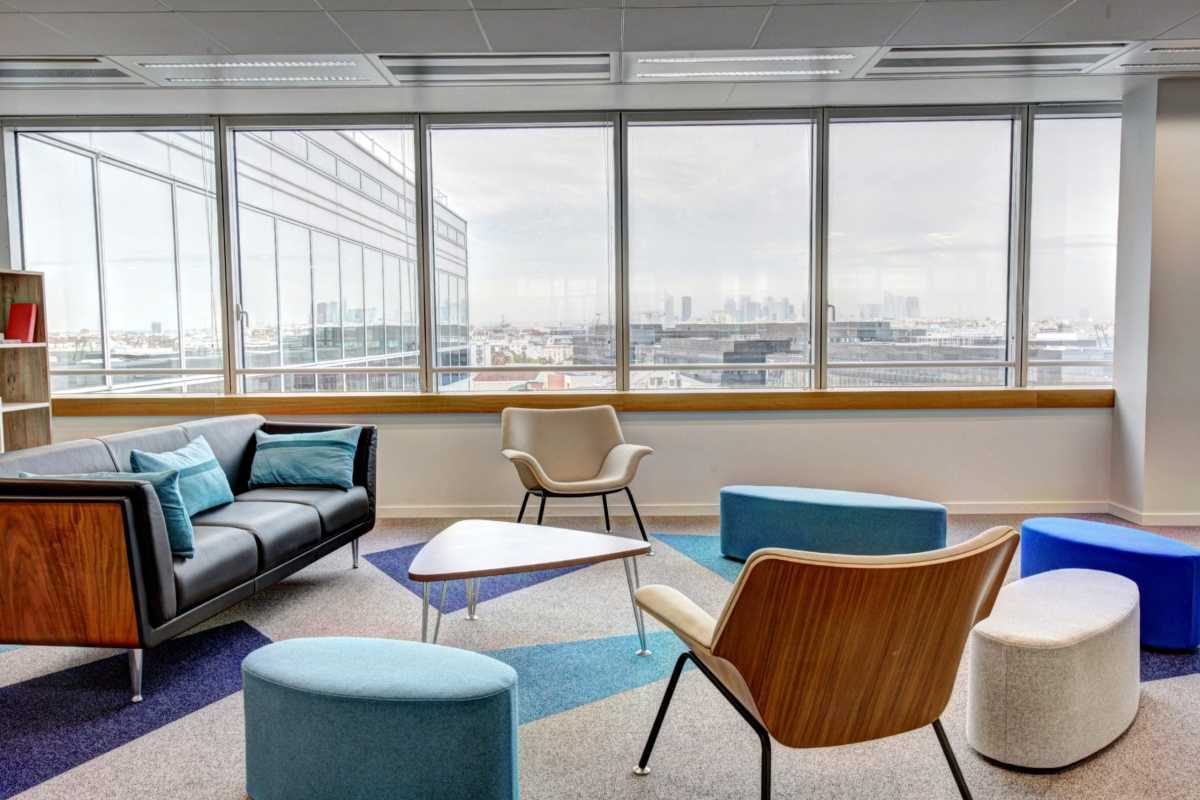With employers and even local governments making a push for long-empty offices to be repopulated with busy employees, it’s looking like the age of remote work might be waning. For example, New York mayor Eric Adams, elected this past November, is calling for office employees to return to the now desolate commercial spaces in the city. The economic reasons for this push are varied and controversial, but there’s no denying that we’ll be seeing some changes in the remote work status quo.

Many companies are beginning to experiment with hybrid attendance models wherein some work days are spent remotely while others are spent onsite. Perhaps you’re a remote worker preparing for a return to the office, or an employer or manager getting ready to welcome employees back onto the floor. Is there a better time for reflection? ETO thinks not!
Let’s reflect on offices themselves. Office life can be dull, oppressive, and sometimes even demoralizing. But offices can also be uplifting, encouraging spaces that inspire productivity. Offices can be slick, stylish, comfortable, and welcoming. We think there’s never been a better opportunity than now to rethink the presentation of our office spaces, and so we’ve compiled some suggestions for how to improve your office space to make the return to work exciting and positive.

- New Art
New Art! Not just art, but new, fresh art.
Have you ever worked in an office with bare white walls, where the only source of aesthetic stimulation was the collection of trinkets and gag coffee mug in your cubicle? If so, then you probably know there’s nothing more depressing. Well, except for walls with bad art. You know what we mean. Old, tired art, the kinds of cliched motivational posters and characterless landscapes that became popular in offices in the aughts and were simply never replaced.
Now is the time to rethink the art in your office. Don’t try to absorb the same standardized, bland office decor that has helped make offices a place to avoid; patronize some local painters and photographers to firmly anchor your office in its locale, or take some time to get a feel for your colleague’s tastes in art.

- New Doors
The first thing you see when you enter the office for work is the door. The last thing you see when leaving your office for your homeward commute is also the door. An office’s door has a subtle, but important psychological effect on employees. A dingy, bare-bones front door signals that this is a place that demands only the most basic of effort. The same goes for the doors that connect the main office floor to individual offices of managers and other higher-ups.
Consider trading out those worn-out old doors for something new that makes a real statement. Instead of drab white particle board, try sleek mid-century modern doors. The popularity of Mad Men started a 60s craze for interior design; sales of our most modern designed wood doors sky-rocketed and have been in high demand ever since,” shares Tal Hassid from ETO Doors.
- Mirrors
Offices – especially offices with few windows, or with windows concentrated on one side of the space or in coveted managerial suites – can feel closed off, stuffy, and a little claustrophobic. Ideally, we would all love to work in a space with tons of natural light and open space, but the realities of real estate are such that this isn’t usually possible, especially in densely packed cities or in offices occupied by smaller firms.
The solution? Mirrors. Mirrors give the illusion of more space, doubling the visual volume of an enclosed room. Mirrors make rooms brighter, since they reflect light sources, including any precious natural daylight that enters the room. Mirrors also allow employees on the floor to have a look at themselves, which can be good for morale.

- Fun rugs
If bare, age-yellowed white walls are depressing, so is office carpeting. In general, carpet is one of the most unhappy things on Earth. Carpet is sometimes not replaced for many, many years, accruing detritus and grime that would make Mike Rowe gag. Unfortunately, most commercial office spaces in high rise buildings feature carpet. If they don’t, the typical office floor isn’t much better: sterile, unfriendly, and reflective of noise.
If you want to create a more engaging and welcoming professional space, rugs are not a bad place to start. Lay down large patterned rugs in common areas like the employee lounge, or in manager’s offices to make them feel more roomy during one-on-one meetings that can sometimes come with lots of pressure. Walkways between rows of desks or cubicles can be lined with narrow rugs to give a sense of style to the space.

- Minimize Furniture
Offices are notoriously cramped. It’s not easy to avoid; furniture itself can be bulky and unwieldy, especially if it’s leftover from a previous generation before our digital work tools all became so miniaturized. Do you really need that massive desk, that bookshelf full of outdated legal texts, or that file cabinet that hasn’t been opened in ten years?
As we all return to the office, it’s time to maximize our space, and that means minimizing furniture. Take stock of dated, bulky furniture objects in the office, and determine whether you actually need them and if those items can be, or should be, replaced with something of a smaller profile that still gets the job done. Modern, slimmed-down furniture will go a long way toward improving the livability and workability of an office space. As for those file cabinets, this may be the right time to digitize old documents.




Leave a Comment